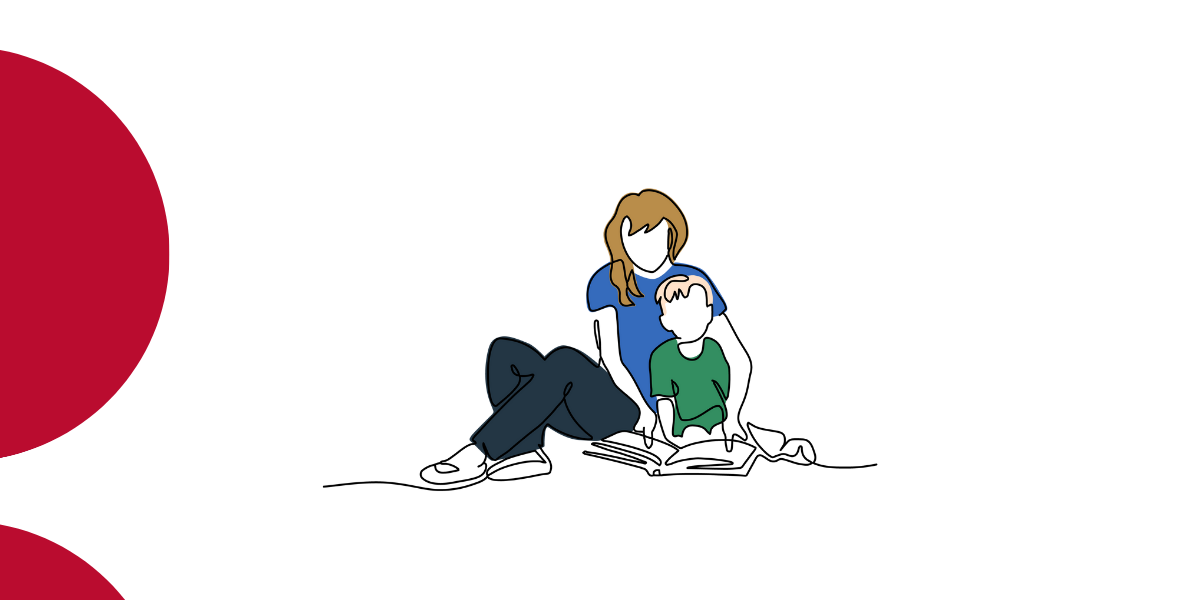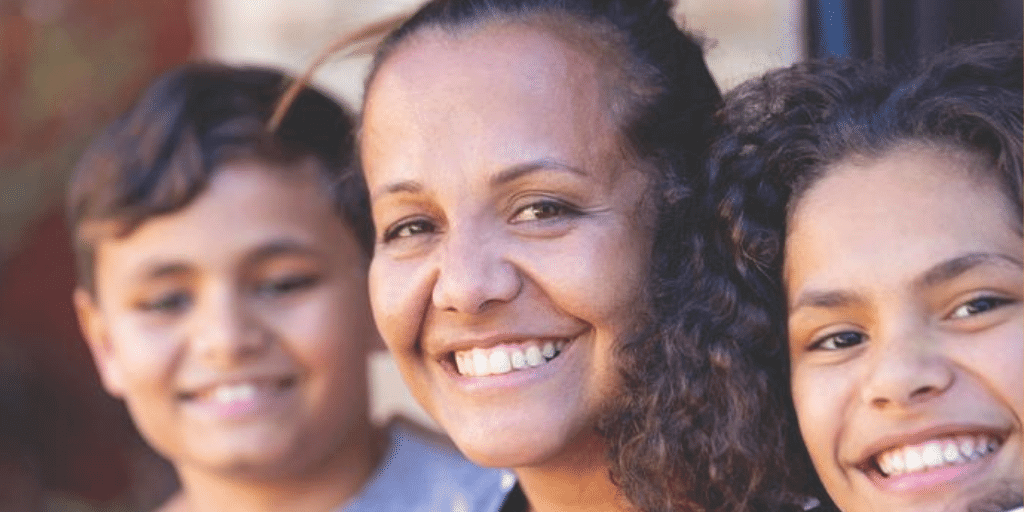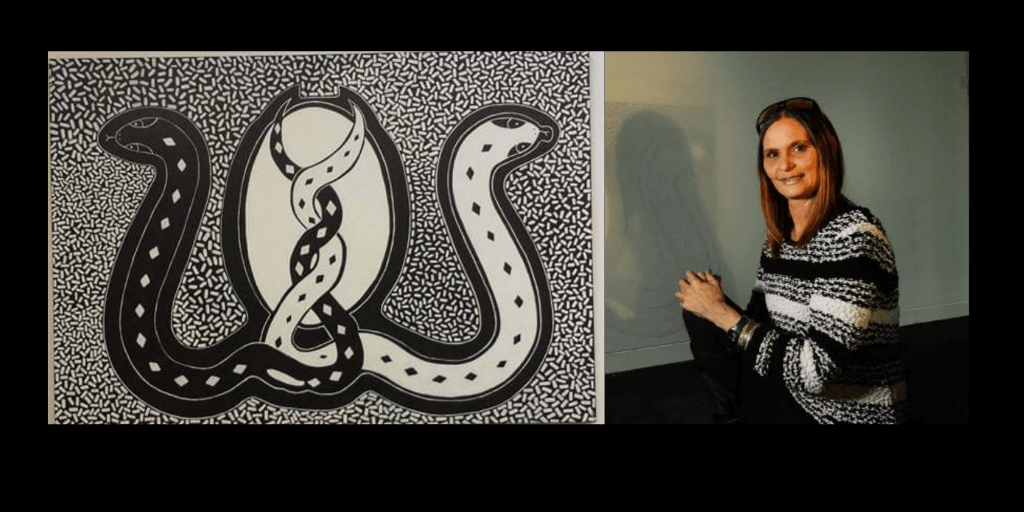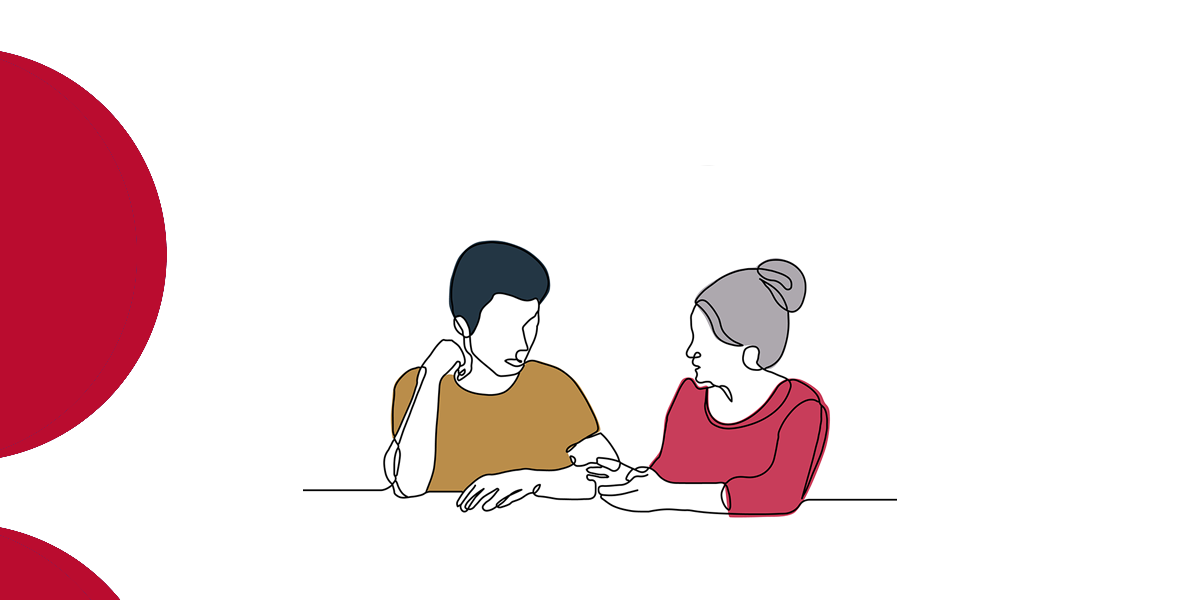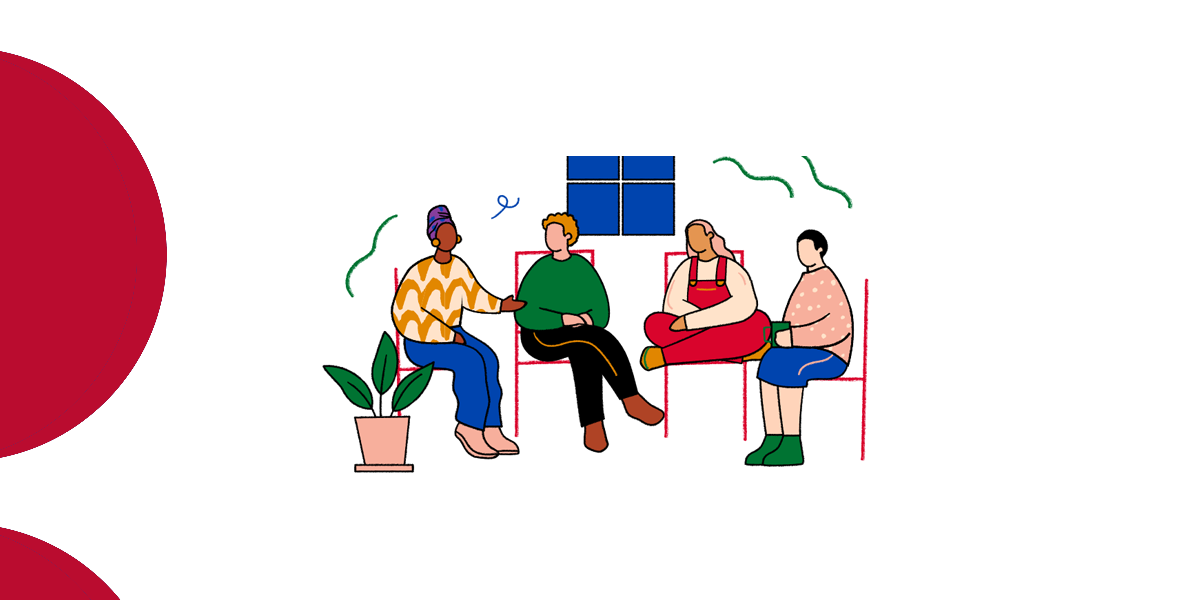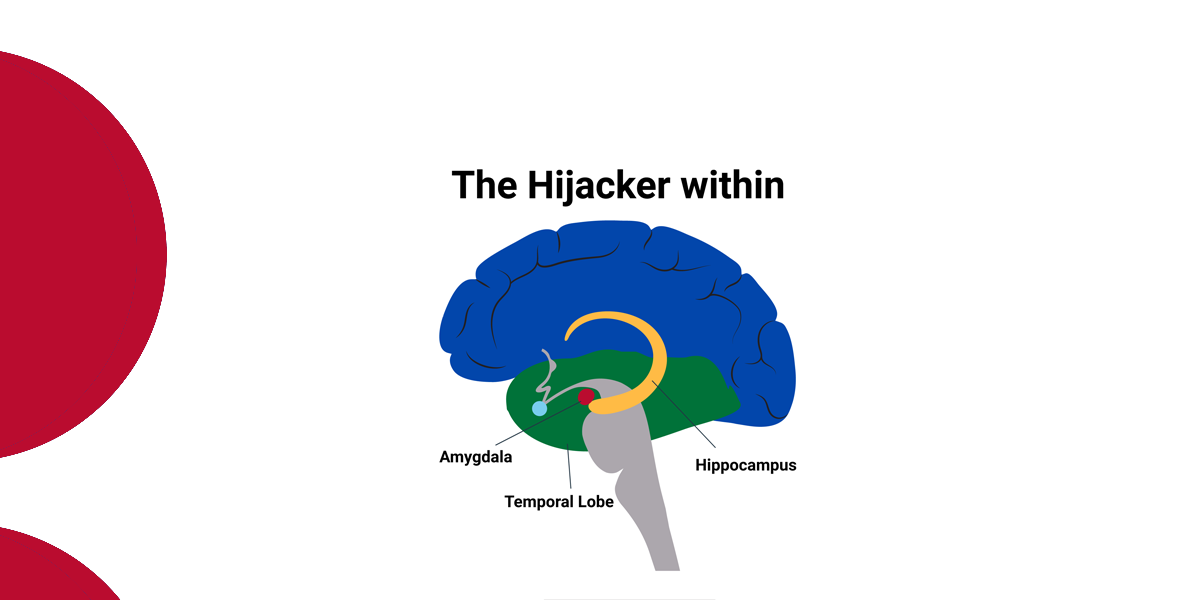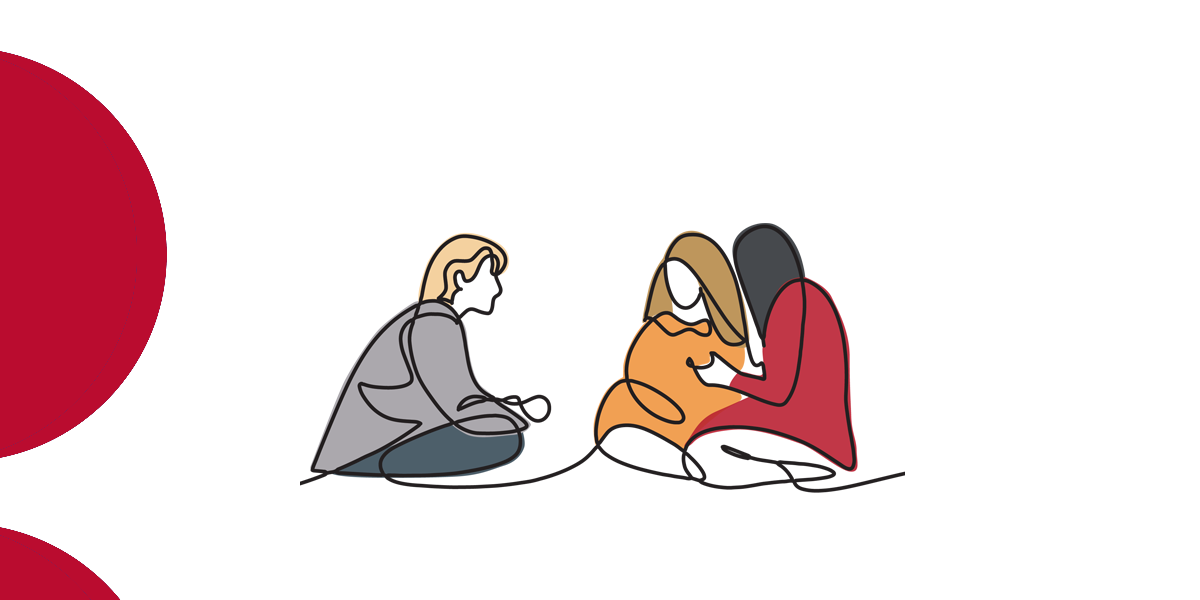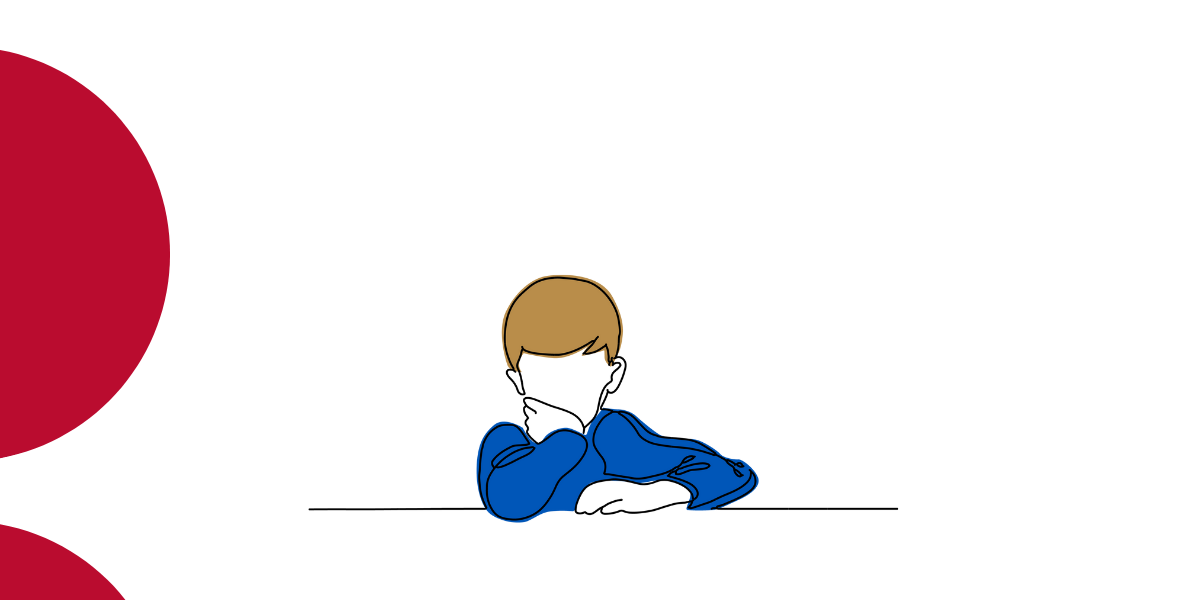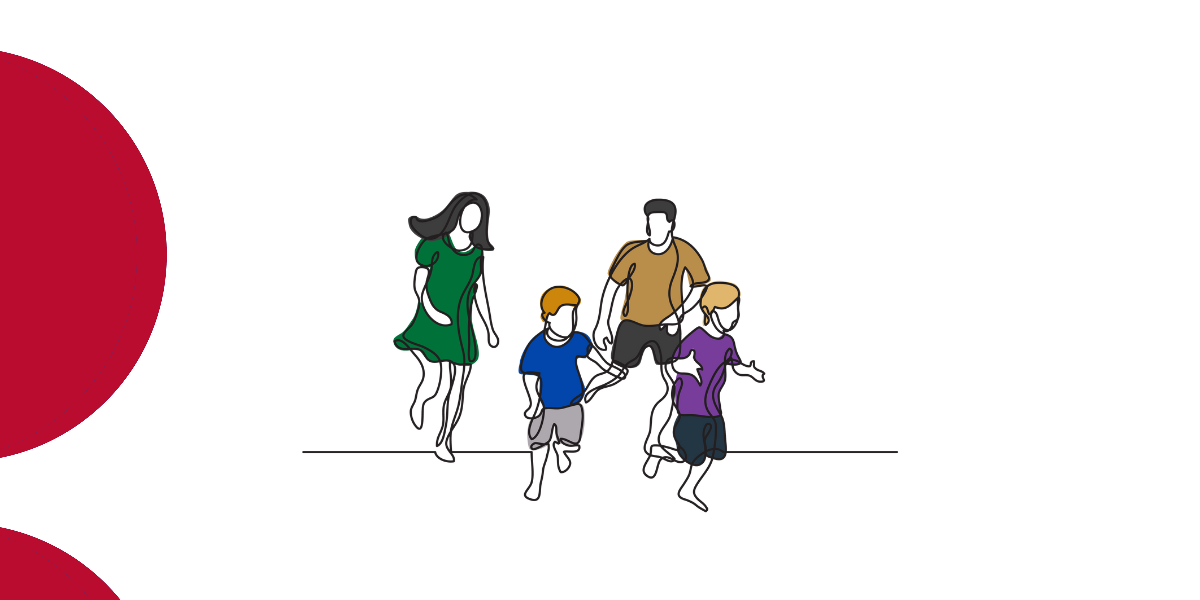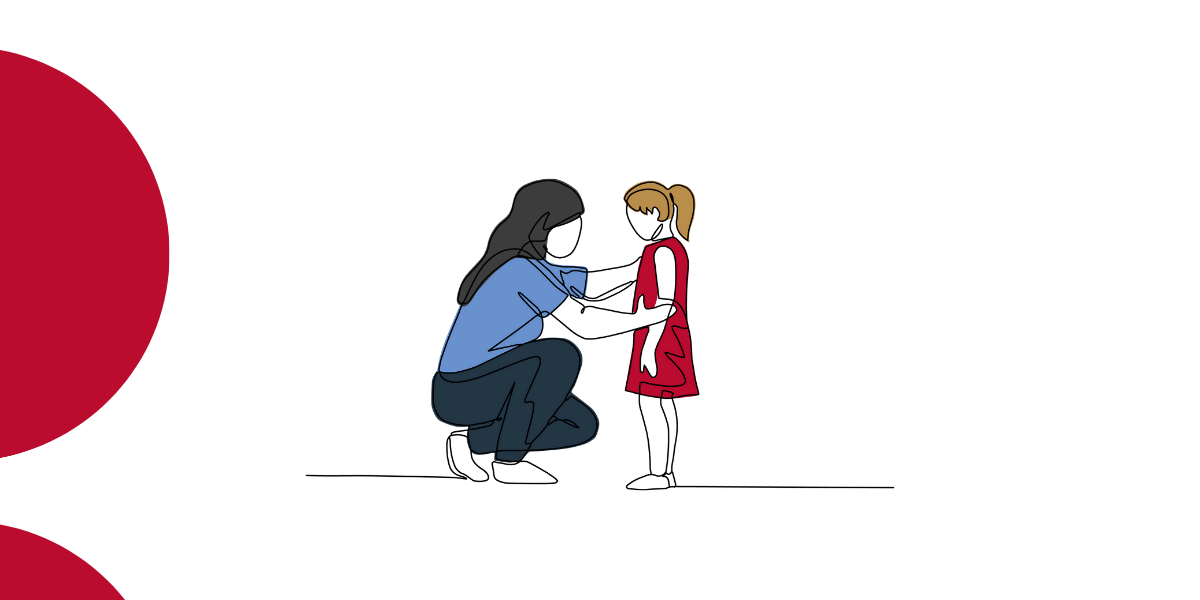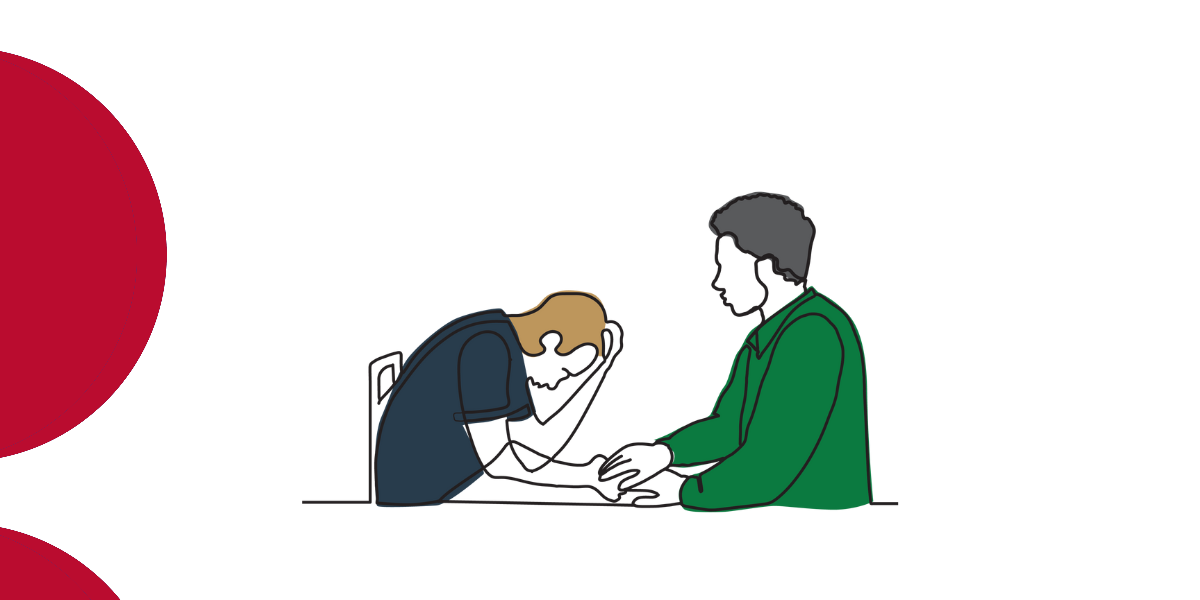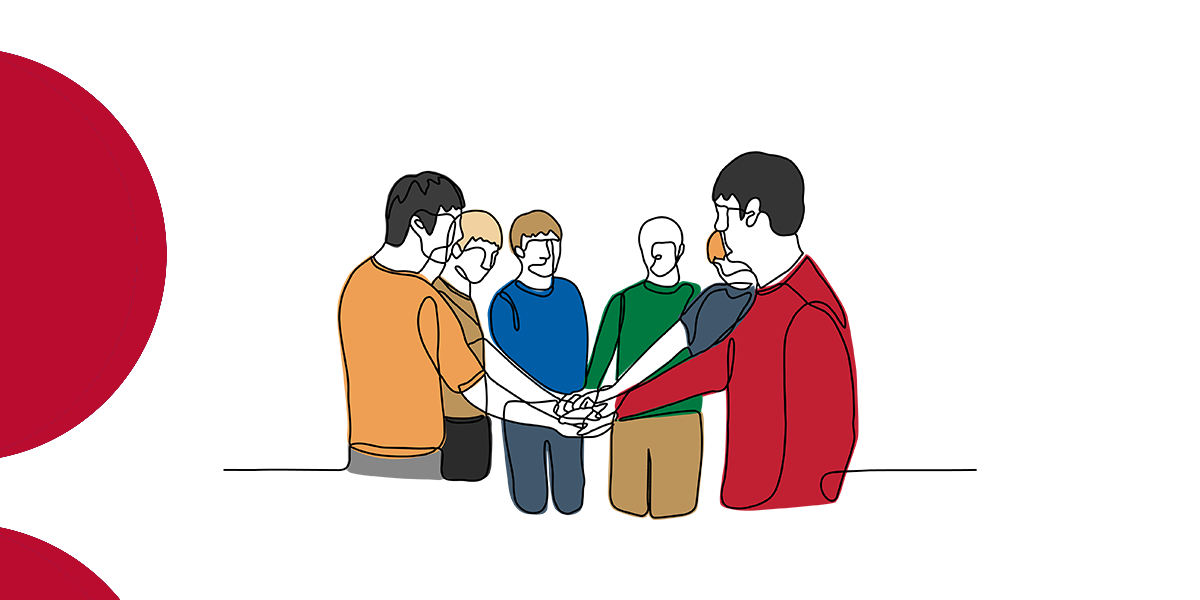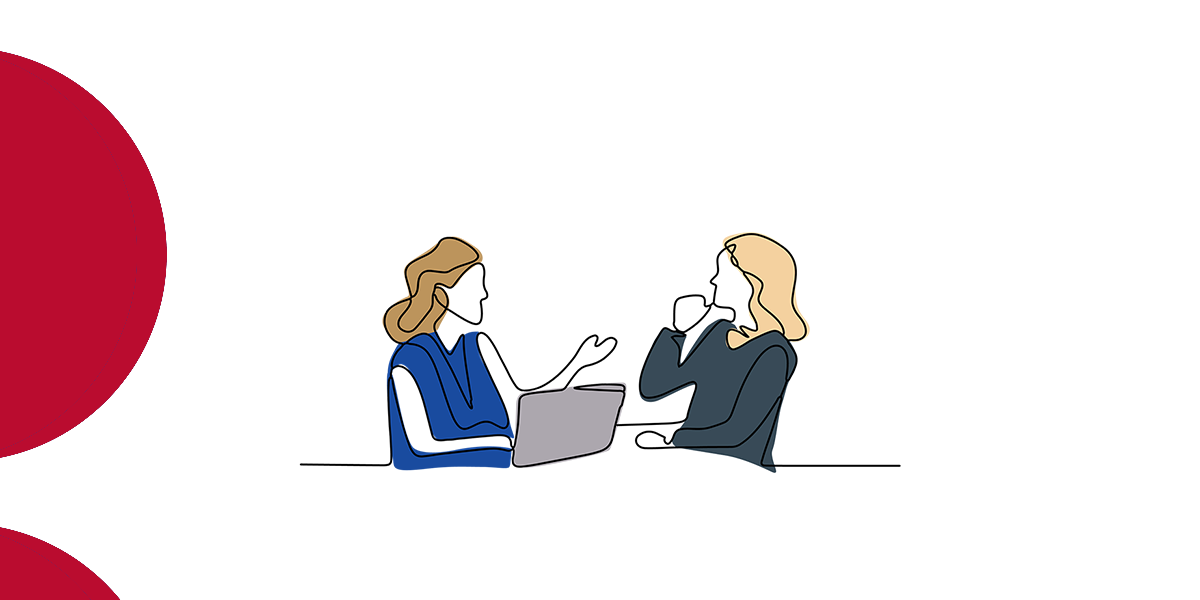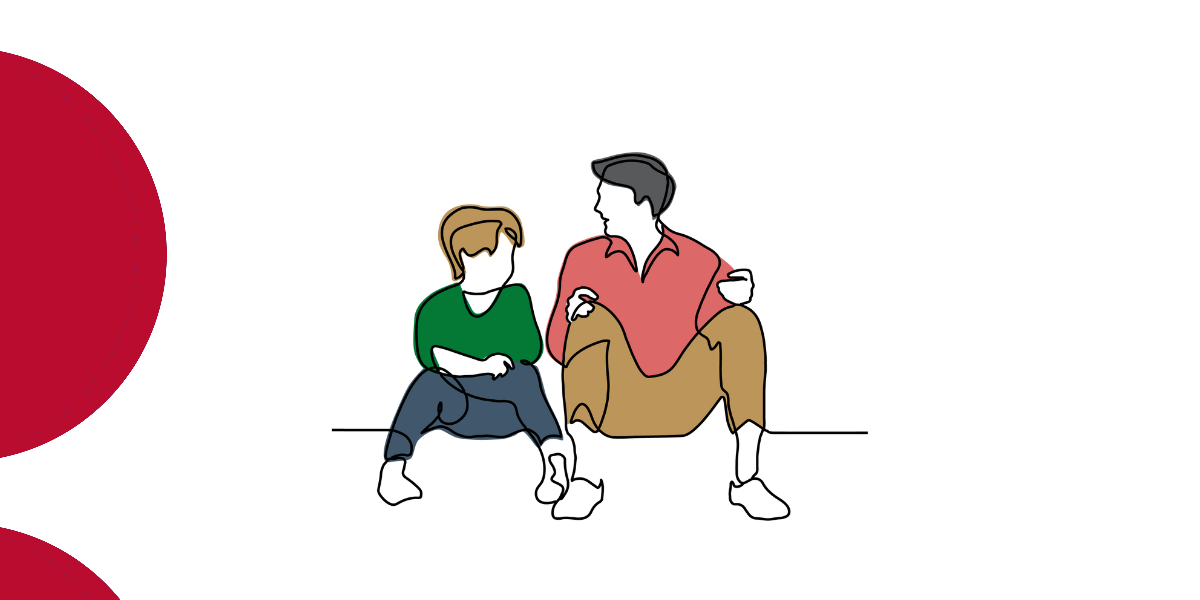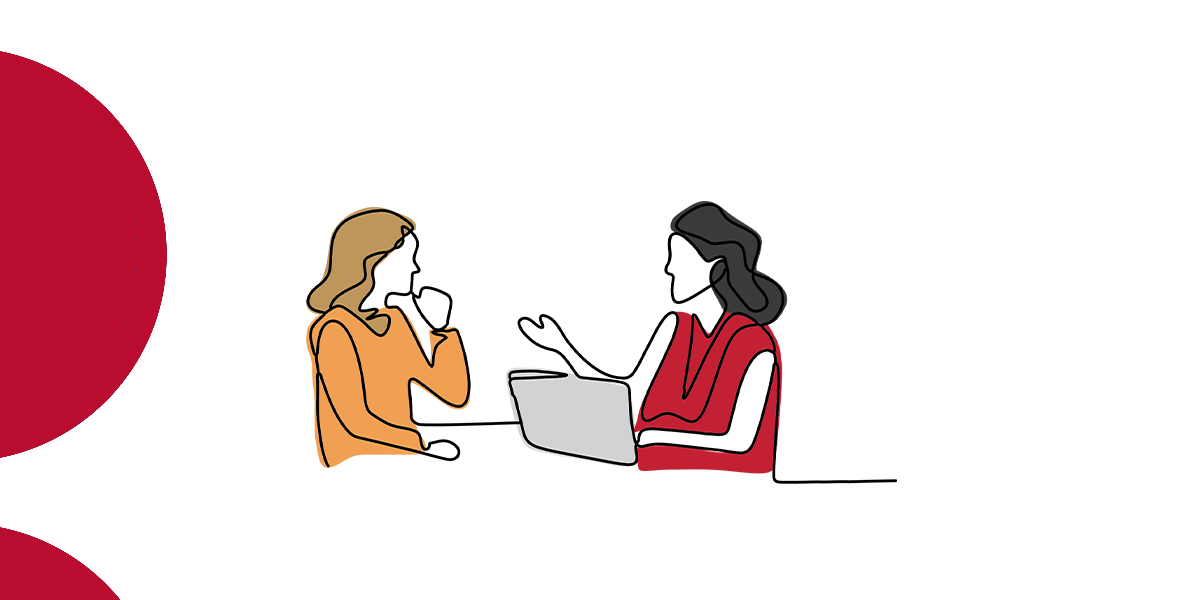Trauma-sensitive family time is about connection and repair
Feb 2023
Written by Sue Buratti
Relationships with family come with good times and challenges for everyone, but for children and young people in care, this birthright of family connection can often be deprioritised for the presumed “best interests” of a distressed child. However, providing family time in a relationally enriching way has proven to be strongly linked to too many positive outcomes to ignore.
There can be confusion about the intention of unsupervised family time (or “contact”) for children unable to live with birth families. Ideally, family time should support relational connections and create opportunities for repair, which may support the transition for restoration.
With competing needs and varying states of overwhelm of all involved, family time can be fraught with behavioural displays of heightened emotions, driven by the autonomic nervous system outside conscious awareness. These unconscious reactions can undermine children’s ability to experience family time positively, and at times, exacerbate their existing trauma.

Resisting the temptation for adult-focused solutions
Although the out-of-home care sector in New South Wales is increasingly aligning with trauma-responsive and child-centred practices, there is still misunderstanding about how to apply these practices to maintain the true best interests of children. Despite our growing body of knowledge and training on trauma-sensitive approaches, there is still a tendency to revert to behaviour-focused approaches and adult-focused priorities when planning children’s family time.
As the environment of family time becomes increasingly trauma-soaked due to the complexities of participating, children and their families can become increasingly dysregulated, while the professionals supporting them increasingly lose their relationally attuned and child-centred approach. This cycle often leads professionals to shift the focus of their practice to appeasing the adults in the situation, rather than renewing focus on relational regulation for the child.
For instance, in emotionally difficult months, adults may agree to reduce the frequency of family time to reduce the frequency of the child’s distress and accompanying distress-response behaviours, rather than effortfully engaging with distressed children around family time to model connection and regulation. Then later, when children have grown through those difficulties, family time is not re-increased because decreasing it appeared to “work”.

Paying attention to non-verbal trauma expressions
Children communicate trauma through their behaviour. Too often, however, case workers and other professionals who plan and execute family time can discount these trauma expressions and miss essential signals from children who do not have the words to express fear or confusion. These key workers need to actively engage with children and their carers before, during, and after family time, keeping alert for signs that indicate how children are feeling, and using that information to match support to their needs.
We often see significant changes in behaviours particularly when family time is approaching. Beginning with a “build-up phase”, we may see children externalise feelings by uncharacteristically behaving in ways seen as unacceptable or disruptive. This build-up phase often goes unnoticed but is key to decreasing the escalation of the child’s distress-response systems.
Although distress-response behaviours can seem strikingly out of line with the child’s usual ability to respond to something unpleasant, they are an attempt at coregulation and emotional soothing. If carers attune themselves to these signals, they can provide a response that matches the child’s needs and calms their anguish, mitigating behavioural escalation and creating an opportunity to deepen their bond. These moments of repair build a pattern of safety that can be relied upon for future ruptures and are important experiences for both adult and child.
Adults need to feel emotionally safe, too
Unfortunately, those living or working directly with the legacy of childhood trauma without sufficient rest and support can be prone to emotionally withdraw, to protect themselves from repeated experiences of distress. This emotional distance is what children’s trauma-seeking behaviours aim to connect across.
When adults involved in family time continue to emotionally distance themselves, children can feel this disruption in relational connection, and increase their outward signs of distress as they continue to seek to protect themselves in escalating ways. This is the cycle of reactive relational breakdown that we need to avoid, to give children the best chance at keeping permanent relationships that can provide a positive sense of identity, belonging, and human connection into adulthood.
As professionals, we need to keep our focus on engaging with trauma in a sustainable way to withstand the anguish of children and their families, to allow the experience of family time to be the transformative opportunity for healing and connection it has the potential to be.


